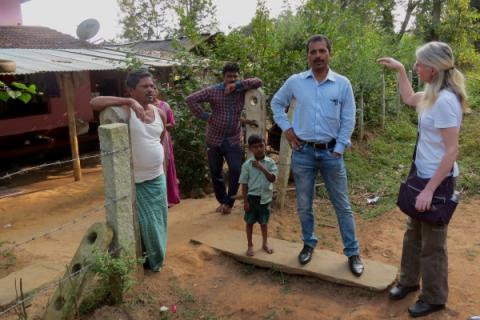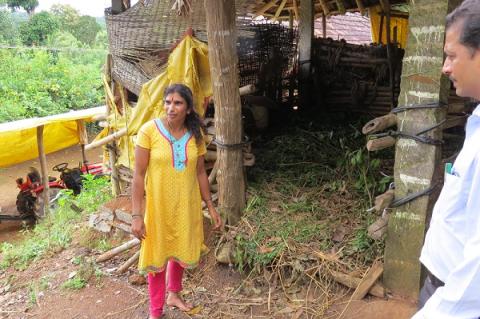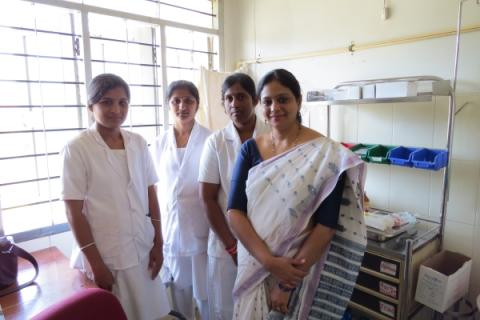Objective
A major objective of the social science component of this research is to understand how human behaviour and priorities that drive human exposure to KFD alter with forest structure for different stakeholder groups for focal landscapes in different stages of disease emergence.

Approach
We will conduct household surveys and interviews with over 1000 people across comparable sites and forest gradients to understand the various factors that might influence disease outcomes in forest fringe areas in the southern Western Ghats. This way we can assess the perceptions of different stakeholder groups living in this area, their past and ongoing relationships with the place that they live in, their attitudes to ongoing outbreaks and disease management campaigns and future options with respect to alternate interventions. For forest dwelling communities that are part of this study, interviews will take the form of oral histories, and will cover resource and usage mapping as well as seasonal calendars.
Which affected communities are we working with?

Rural communities living in forest fringe areas as well as forest-dwelling groups who live within protected areas are the key human constituencies who will be approached for interviews and household surveys. Within the focal landscapes, occupational groups vulnerable to KFD include collectors of non-timber forest products (NTFP), timber workers, marginal farmers, fuelwood collectors, livestock owners, local Forest Department staff and daily wage labourers. KFD has also been reported among forest-dwelling traditional communities such as the Cholanaika, Kattunaika, Kurumba, Soliga and a number of other historically disadvantaged groups classified as Scheduled Castes / Tribes of India. Many of these communities are characterised by a high degree of nomadism and mobility calling for a sampling strategy that adequately covers their territories.
Involving key knowledge holders

In addition to rural communities who are vulnerable to the disease, we aim to identify people who may hold knowledge about the system and the prevalence of KFD, for example local veterinary and health care workers, development and aid workers, and individuals from the Forest Department and Tribal Welfare Department.
